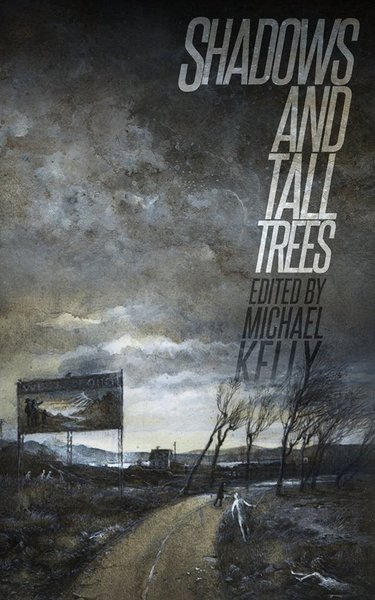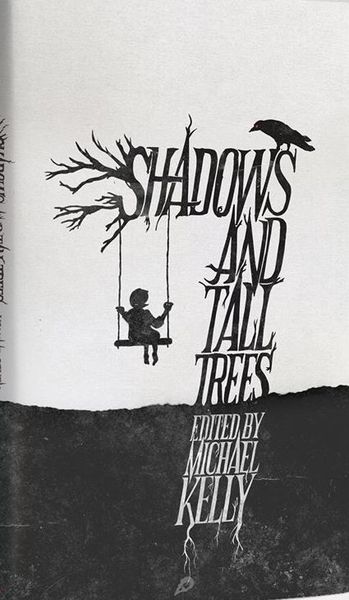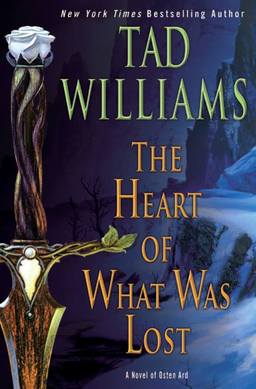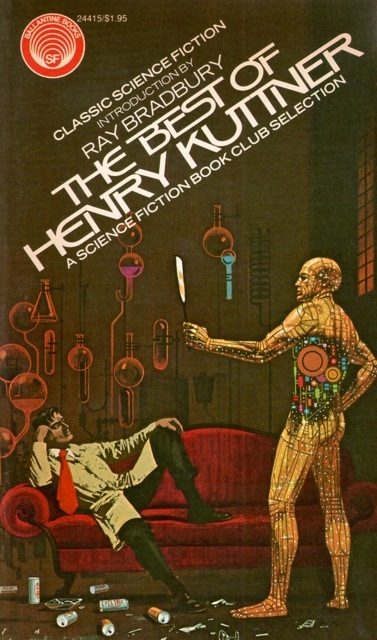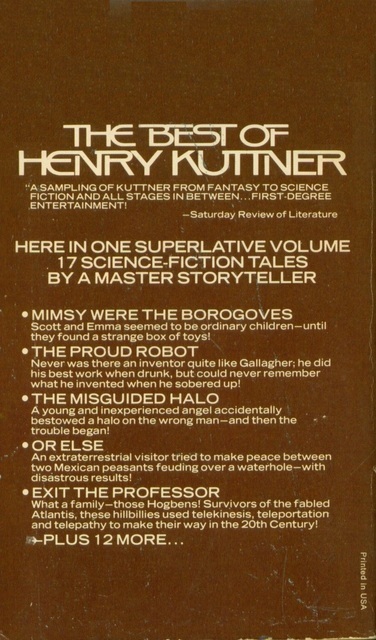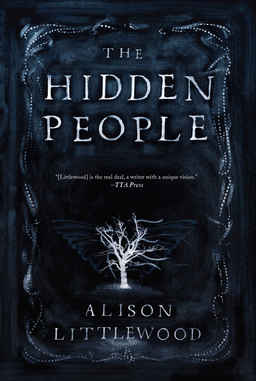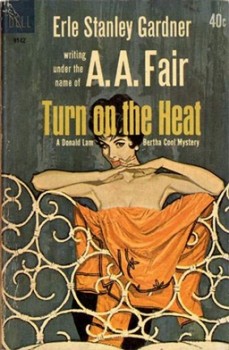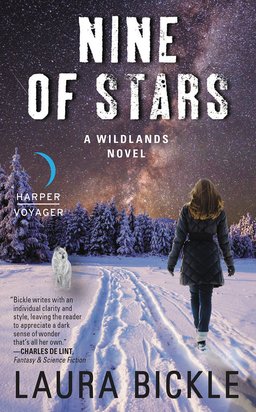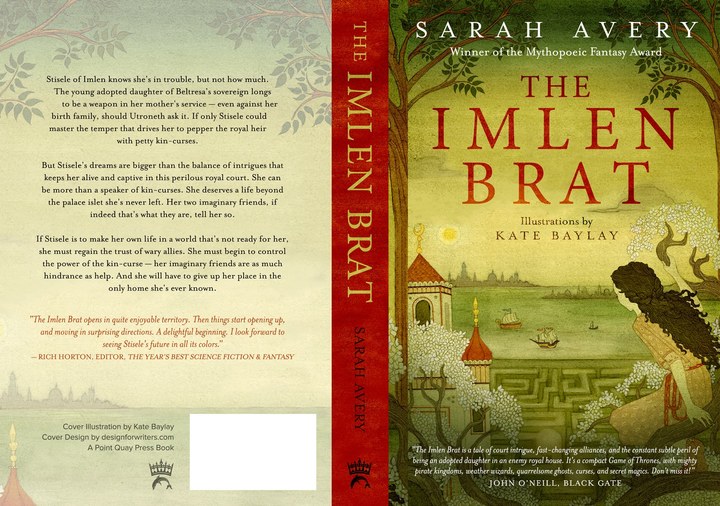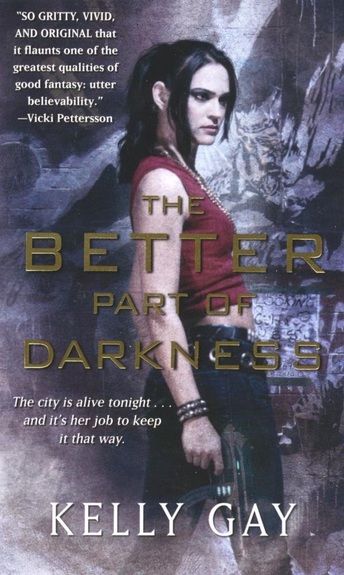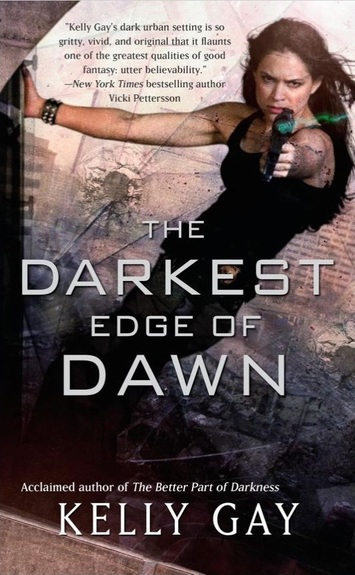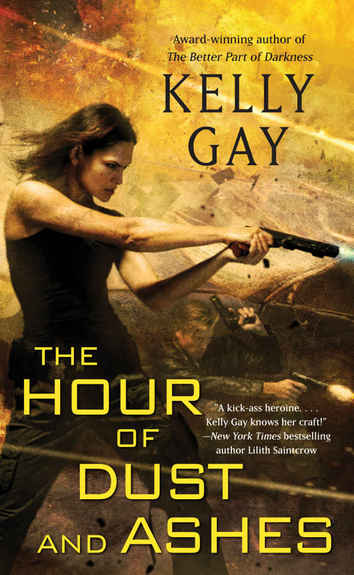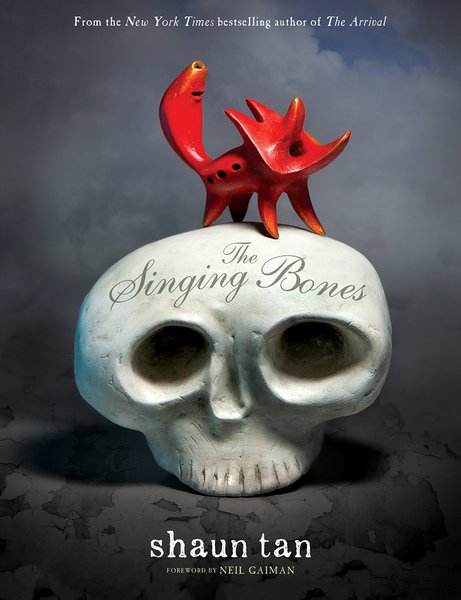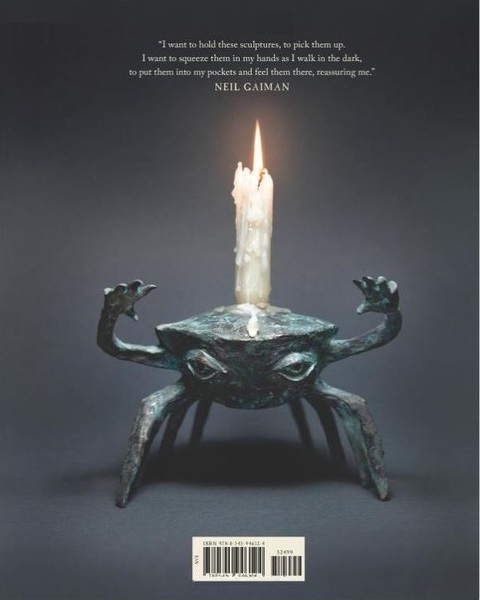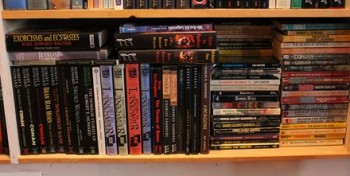 About twenty years ago, I bought John Clute and John Grant’s The Encylopedia of Fantasy. I wasn’t reading much standard fantasy at the time, having abandoned it for science fiction and crime stories. As I pored over the Encyclopedia’s entries, several authors I’d never read caught my attention, enough so that I went out and bought books by them. That was I how I came to read Guy Gavriel Kay’s Fionavar Tapestry and Tad Williams’ Memory, Sorrow, and Thorn trilogy. While I liked parts of them, they struck me as long-winded and overwrought for much of their length. I also realized I was done with stories of willowy elfs, doughty dwarfs, and emo heroes — the seemingly standard players in most of what I was reading. If that was the current state of fantasy, I was all right without it.
About twenty years ago, I bought John Clute and John Grant’s The Encylopedia of Fantasy. I wasn’t reading much standard fantasy at the time, having abandoned it for science fiction and crime stories. As I pored over the Encyclopedia’s entries, several authors I’d never read caught my attention, enough so that I went out and bought books by them. That was I how I came to read Guy Gavriel Kay’s Fionavar Tapestry and Tad Williams’ Memory, Sorrow, and Thorn trilogy. While I liked parts of them, they struck me as long-winded and overwrought for much of their length. I also realized I was done with stories of willowy elfs, doughty dwarfs, and emo heroes — the seemingly standard players in most of what I was reading. If that was the current state of fantasy, I was all right without it.
I was drawn back to the genre a few years later, though, when I became aware of Night Shade Books publishing hardcover omnibuses of Karl Edward Wagner’s Kane stories and novels. As a monster fan of Wagner, I jumped at the chance to replace my battered paperbacks. As soon as I got them I found myself compelled to read them. I hadn’t read Wagner’s fantasy in several years, and had almost forgotten how visceral a punch it packs (click for my reviews of Death Angel’s Shadow and Night Winds). His stories grabbed me and shook me in a way none of the writers like Kay or Williams had. Battle scenes in epic novels seemed bloated in the light of Wagner’s taut action sequences. The Kane stories were both darker and more vivid than most of the epics I had read. And whatever else about the character of Kane, he never mopes or whines, as I found too many modern epic heroes prone to doing.
When I finished rereading all the Kane stories, I practically ran to my shelves looking for anything else that might affect me the same way. The obvious choices were Robert E. Howard and Michael Moorcock. I had read both authors’ works several times previously, but not for nearly twenty years in both cases.
Howard met my needs, Moorcock less so. Howard remained the ur-swords & sorcery writer, a teller of ripping yarns of the first caliber. This time around Moorcock struck me as too intent on holding the material at a distance, as if part of him was slumming, or maybe just putting on a show to make some shopworn points about heroism, politics, and religion.
…
Read More Read More
